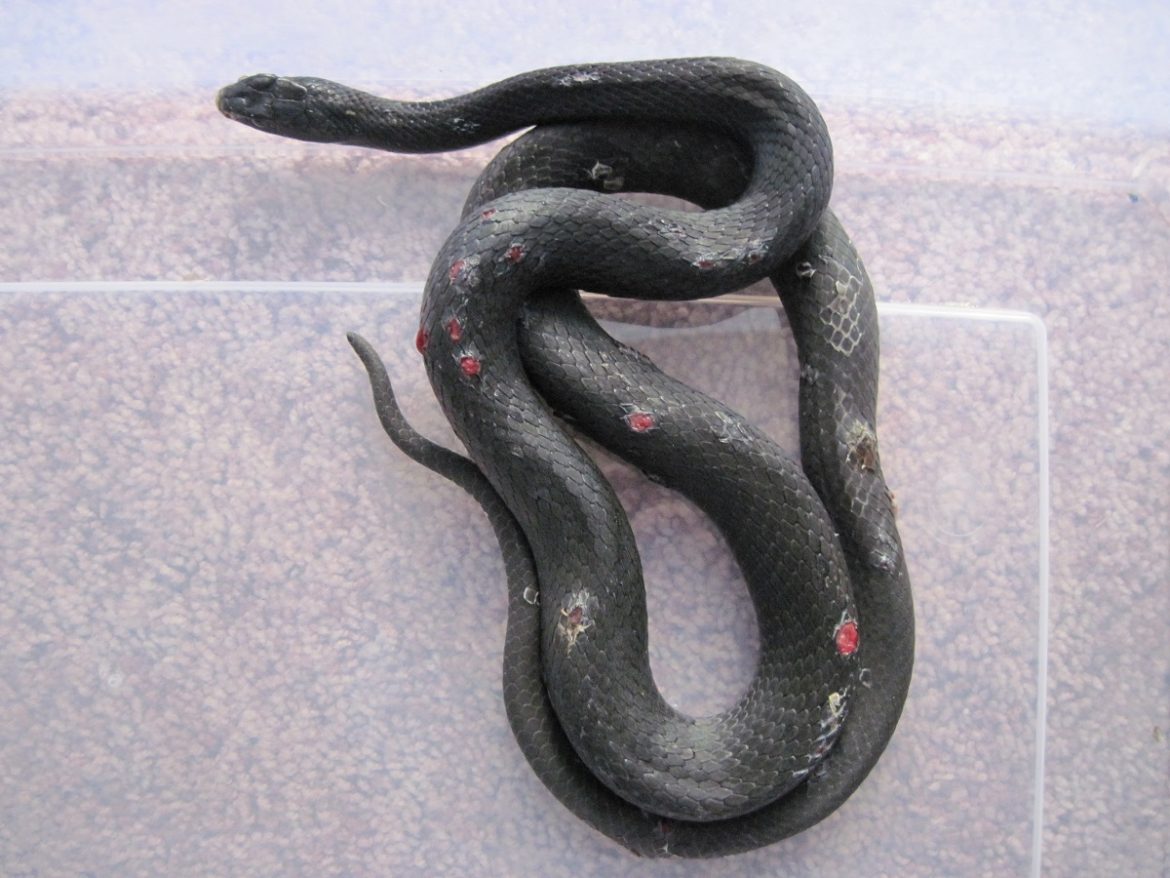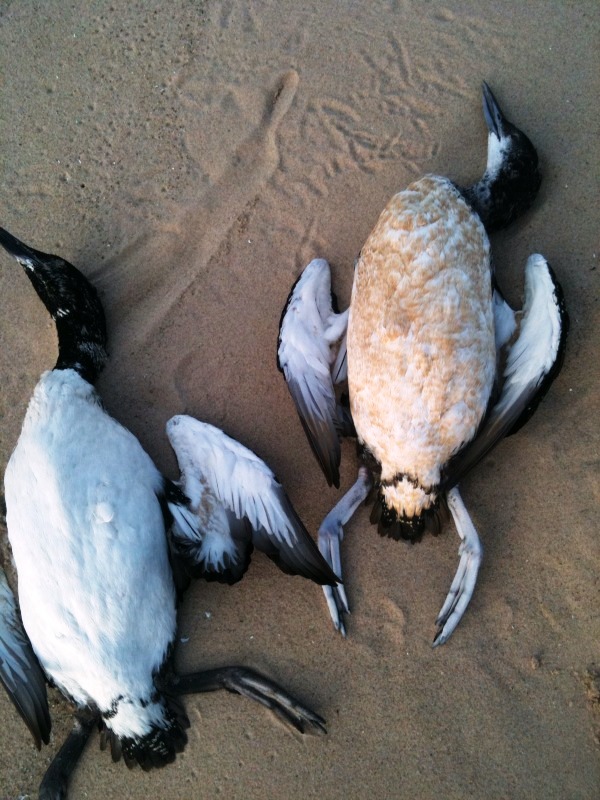Endangered wildlife
Video: Great Lakes sturgeon repopulation efforts underway in Wisconsin
|
Scientists in Wisconsin are raising the next generation of this endangered fish. Some of these sturgeon could someday grow to lengths of up to eight feet and weigh 800 pounds.






